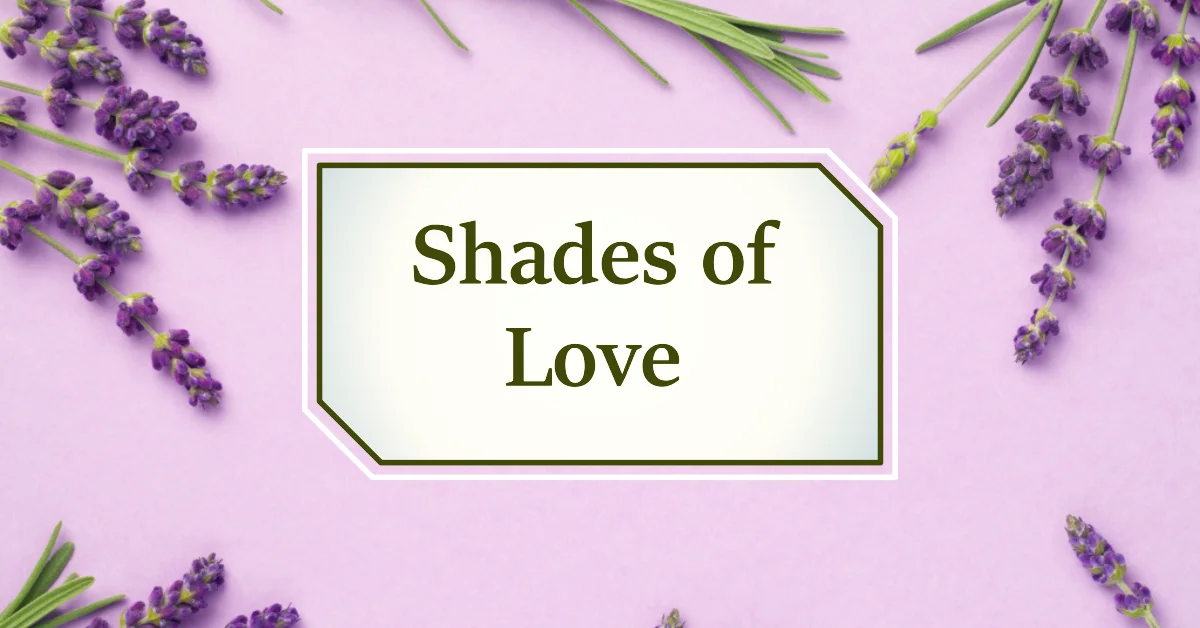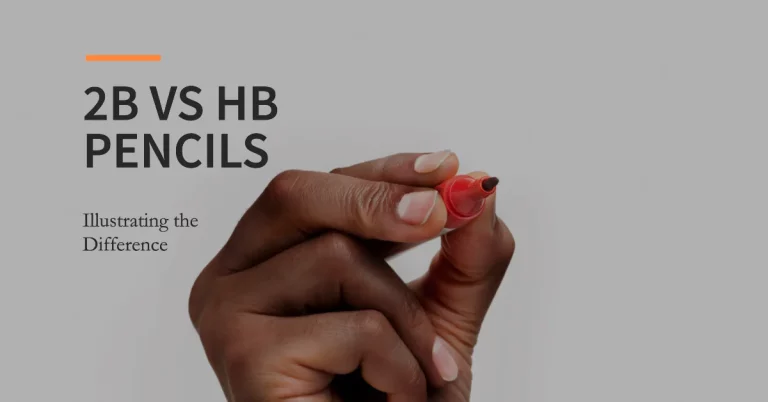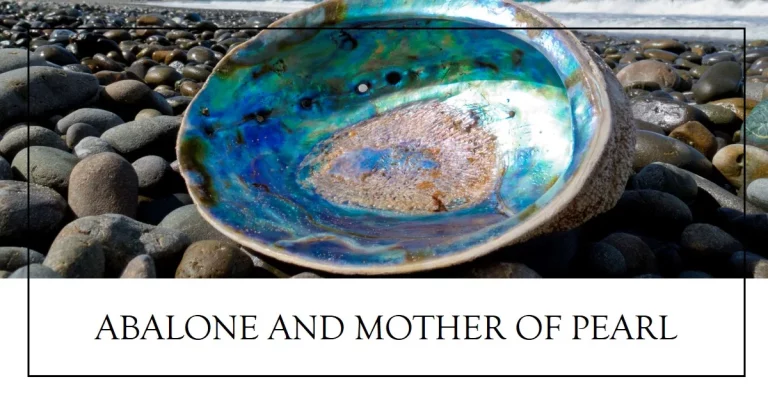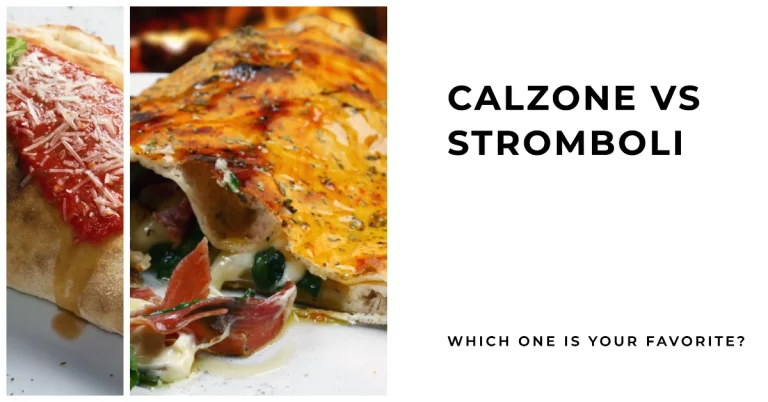What is the difference between violet, lavender and purple?
The world of colors is vast and fascinating, with varying shades and nuances that can make it difficult to distinguish one hue from another. Three popular colors often subject to confusion are violet, lavender, and purple. In this article, we will explain the differences between these lovely shades and their prominent features.
Defining the Colors: Violet, Lavender and Purple
Violet, lavender and purple are all within the same family of colors, which are made from different combinations of red and blue. However, each has its unique qualities which set them apart.
The Importance of Understanding their Key Differences
Understanding the differences between these colors is especially important in design, where even the slightest variation can have a significant impact on the outcome.
The Science of Colors
Color is a fascinating topic in both science and psychology. Understanding the science behind color can help us better understand its impact on our lives.
Violet

Violet, a striking hue situated on the color wheel, is obtained by mixing equal parts red and blue. This vivid color is often associated with royalty, femininity, and symbolizes creativity. Violets may appear more blue than red and have a cool undertone, making them an excellent choice for an accent color. Also found in nature, violet flowers can enhance the beauty of any garden.
Describing Violet: Hue, Saturation and Brightness
Hue refers to the color or shade of the color, while saturation and brightness refer to the intensity and luminance respectively.
The Science behind Violet: Wavelengths and Spectrums
Violet has the shortest wavelength of all the colors in the visible spectrum, which makes it a high-energy color.
The Psychology of Violet: Emotions and Symbolism
Violet is often associated with spirituality, luxury, mystery and creativity. It can also stimulate the imagination and evoke strong emotions.
Lavender
Lavender is a light shade of purple, holding a spot on the color palette that borders purple and pink. Named after the enchanting lavender flower, this hue is well-loved for its calming effect. Unlike violet, lavender has a pinkish undertone and can be created by mixing purple color and white paint colors. Its pastel nature pairs well with soft, neutral colors like white and gray, and it’s often used in various design elements, including fashion and interior design.
Defining Lavender: Hues, Shades and Tints
Shade of Lavender is a light, pastel shade of purple with a pinkish undertone.
Identifying Lavender: RGB and CMYK Values
Lavender can be identified by its RGB values of 230, 230, 250 and CMYK values of 7, 7, 0, 2.
Psychology of Lavender: Positive Effects on Mood and Wellbeing
Lavender is often used in aromatherapy to promote relaxation and stress relief. It can also have a positive effect on mood and wellbeing.
Purple
:max_bytes(150000):strip_icc()/the-color-psychology-of-purple-2795820-77da5a7fa4de49999f374b8cad011d55.jpg)
Purple is a color of royalty and sophistication, arising from the combination of red and blue in different proportions. The color purple can range from deep, dark shades to lighter hues, such as pastel purple or mauve. Rich purples generally have more red than blue, while cooler shades carry a dominant bluish tint. Purple clothing and accessories are a popular color choice, projecting an air of elegance and confidence.
The Many Shades of Purple: From Mauve to Magenta
Purple is not a single color but a range of colors that vary in hue, saturation, and lightness.
Describing Purple: Hue, Saturation and Lightness
Hue refers to the color or shade of the color, while saturation and lightness refer to the intensity and brightness respectively.
The Symbolism of Purple: Royalty, Spirituality and Creativity
Purple has long been associated with royalty, spirituality and creativity. It can also evoke a sense of luxury and sophistication.
Lilac vs Lavender color
While lilac has many similarities with lavender, as both are pale purple shades, a key difference exists between these two colors. Lilac is a light shade with a cooler bluish undertone, whereas lavender leans more towards the pinkish spectrum with a warmer, calming feel. Lilac bushes bearing beautiful flowers give this shade its name, and the color is frequently used as a feminine accent in various applications.
Differences between Lavender vs Purple vs Violet
While all three colors may seem similar, there are key differences that set them apart.
Color Shade and Hue
While violet and purple are both purplish-blue colors, lavender is a pale, pinkish shade of light purple.
Saturation and Brightness
Violet is a high-energy, bright color, while lavender is a soft, pastel color that is less intense.
Mood and Symbolism
Violet is often associated with luxury and creativity, while lavender is associated with calmness and relaxation. Purple can evoke a sense of royalty and sophistication.
Differences in Color Combinations and Contexts
Different shades of these colors may pair better with other colors depending on the context, such as the color palette of a brand or the theme of an event.
Refence link







